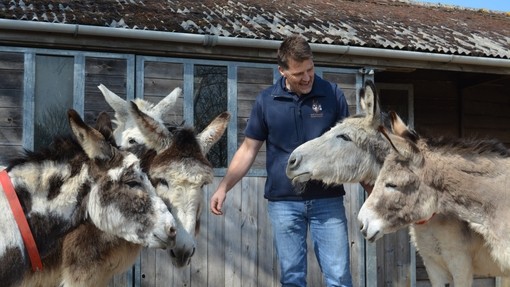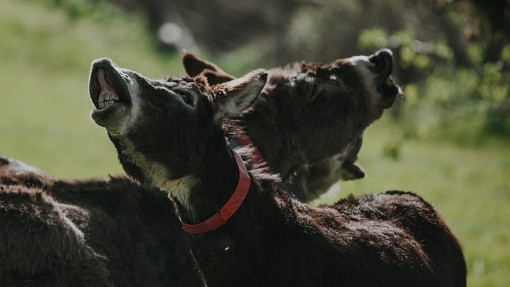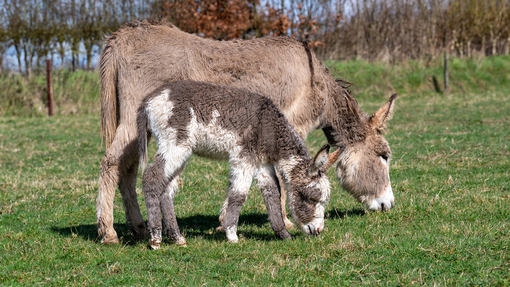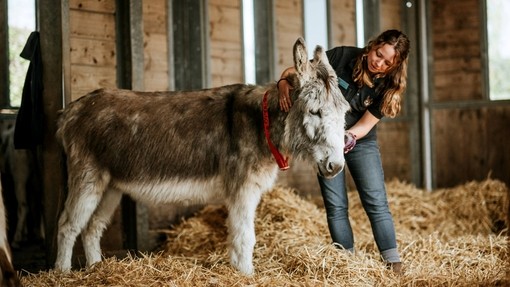Do you ever think about your safety when working with donkeys or mules? Have you ever had or seen a near miss or accident when working around equids? Donkeys and mules can be large fearful animals that can act instinctively when anxious. We know an accident can happen in a split second and have life-changing consequences, but do we ever think that it could happen to us?
If you can work with the donkey or mules behaviour in a way that gives them a good experience, you can improve their welfare and improve your safety. This course will provide you with an understanding of donkey and mule behaviour that will enhance your safety no matter your level of previous experience.
Course details
This course explores the common causes of accidents when interacting with donkeys. The course focuses on increasing the learner’s understanding of donkey body language, observation of behavioural thresholds and simple methods of handling donkeys to reduce your risk of injury.
This course explores the common causes of accidents when interacting with donkeys. The course focuses on increasing the learners understanding of donkey body language, observation of behavioural thresholds and simple methods of handling donkeys to reduce your risk of injury.
We start with the very basics of interacting with donkeys and how their natural behaviour motivates the flight, fight and freeze responses that can help predict their behaviour. The course modules follow through safety during routine handling and care and increasingly challenging interactions up to safely providing treatment and restraint to nervous or fearful donkeys.
Through the stories of people who have had accidents, thought-provoking exercises and videos focusing on donkey behaviour, the course provides an opportunity to examine our attitudes to safety and donkey behaviour.
By the end of the Donkey Behaviour and Safety course, you will be equipped to spot the subtle changes in donkey behaviour that could put you at risk. You will be able to provide the donkey with a good experience in a variety of situations. Finally, having explored your own attitude to safety and examined which human behaviours lead to accidents, you will be equipped to keep yourself and those around you safer in future.
This course is your opportunity to reduce your chances of a severe accident, help ensure you go home safe at the end of the day, and avoid life-changing accidents. These goals should be essential for anyone interacting with donkeys and mules.
Modules
- Introduction to safety around donkeys and mules
- Foundations of safety around donkeys and mules
- Safety when working with donkeys
- Safely restraining your donkey
- Working with groups of donkeys




